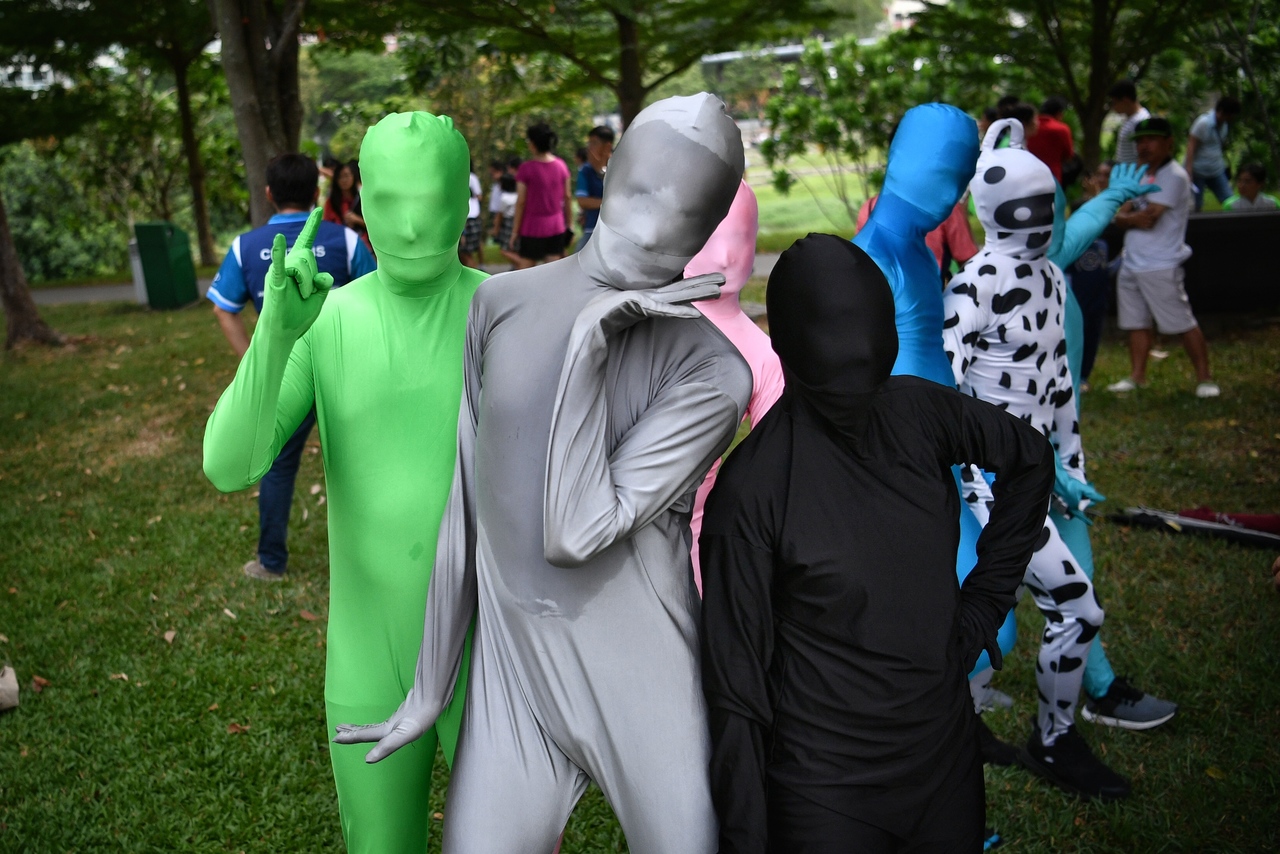Parliament: Bring back TV and radio arts stations, says Nominated MP Terence Ho
Sign up now: Get ST's newsletters delivered to your inbox

In a photo taken on July 7, 2019, Zentai performers strike a pose at the PAssionArts Festival. Official figures last year show the number of performing arts events rose from around 7,700 in 2011 to more than 9,500 in 2017.
PHOTO: ST FILE
Follow topic:
SINGAPORE - Singapore should consider reinstating its arts radio and TV stations, said Nominated MP Terence Ho in Parliament on Monday (Jan 6).
Such channels are not new to Singapore. In December 1997, for example, the National Arts Council (NAC) launched an arts radio station - Passion 99.5 FM - which featured programmes such as literary readings and music from a variety of genres.
The station, however, closed down six years later because the number of listeners was too small to cover operating costs, he added in an adjournment motion.
Mr Ho suggests there may now be a market for such channels, citing increases in the number of arts events in Singapore and the number of people attending such events.
Official figures last year show the number of performing arts events rose from around 7,700 in 2011 to more than 9,500 in 2017. Attendance at free arts and cultural events rose to an all-time high of more than 11 million in 2017, a rise of nearly 20 per cent from the year before, but this did not translate into a similar spike in ticket sales, which grew by about 5 per cent.
"With (today's)... increasing number of arts events and attendance," said Mr Ho, "we ought to deepen and further the reach of our performances and productions through the mainstream media."
Replying, Senior Parliamentary Secretary Baey Yam Keng of the Ministry of Culture, Community and Youth, said the NAC already works with mainstream media platforms to showcase the arts.
The national movement Hear65, for example, partnered radio station UFM 100.3 last year to present shows which profiled local artists. National broadcaster Mediacorp has also featured arts and culture-related programmes on its free-to-air and digital platforms.
But, he added: "With the increasingly widespread use of technology, coupled with global trends on declining TV viewership and radio listenership, it is also important to tap on digital platforms and channels to complement traditional media to transform the way in which audiences engage with our arts and culture."
He cited a few new digital initiatives as examples, like an online Cultural Concierge that will provide information on arts and cultural activities and content.
Mr Ho's call to reinstate a radio station and TV channel to promote the arts was one of several suggestions he made in Parliament "to build a sustainable and vibrant community arts ecosystem".
He also suggested having a central warehouse for the arts community where props and sets can be stored, shared and re-used; as well as different hubs designed specifically for music, theatre or dance groups (with one art form per hub), which he thinks would allow resources and rehearsal spaces to be more effectively shared.
Mr Baey praised the warehouse idea, saying the NAC "will explore (it) as a way to diversify our arts space offerings".
He added: "Given our limited arts GFA (gross floor area), however, we would also encourage our arts practitioners to consider how they can pool their resources to rent commercial spaces, or for members in the arts community with existing facilities to open them up for sharing with or rental to others."

